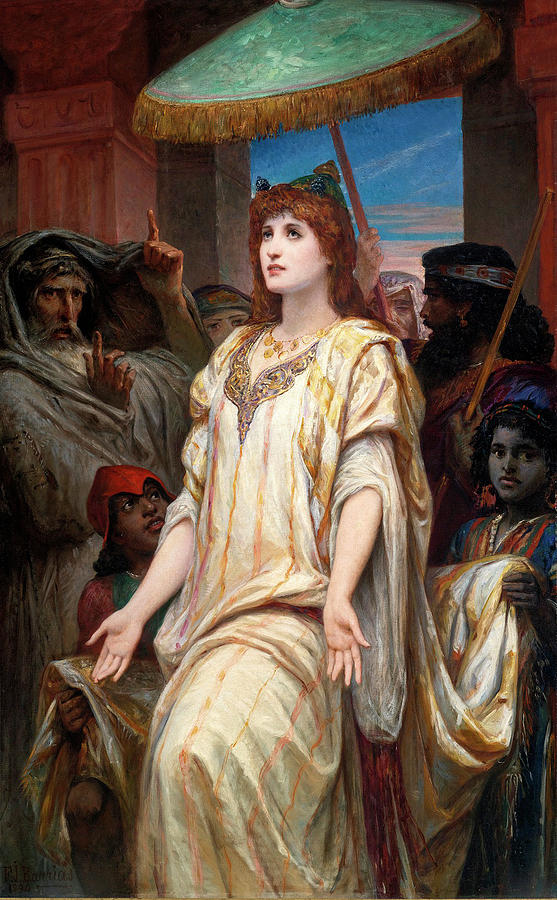Almost two years had passed since the “Prague coup” of February 25, 1948, which saw the Communist Party seize power in Czechoslovakia. While the whole country fell into the hands of Joseph Stalin’s agents, another Joseph, a Catholic priest, celebrated Mass on December 11, 1949 in his church in Cihost, a village located 100 kilometers southeast of Prague.
During Fr. Joseph Toufar’s sermon, the 20 or so faithful present saw the crucifix on the main altar move several times. The priest, who was not aware of this unusual event high above the pulpit, was informed of it by the parishioners at the end of the Mass. He recommended that they remain silent. Despite everything, the news spread and reached the ears of the sinister Statni Bezpecnost (StB), the political police charged with carrying out the base works of the Communist party.
For the StB, it could only be a false miracle, fabricated by the priest in order to encourage the gullible to oppose the regime in place. Fr. Toufar was imprisoned at the end of January 1950. He was tortured many times and died of his wounds on February 25, 1950. (Read more.
Queen Charlotte and Christmas in Georgian England
11 hours ago















%2C_chapel_window_2%2C_Archangel_Michael%2C_detail.jpg/800px-St._Stephen_the_Martyr_(Omaha)%2C_chapel_window_2%2C_Archangel_Michael%2C_detail.jpg)












